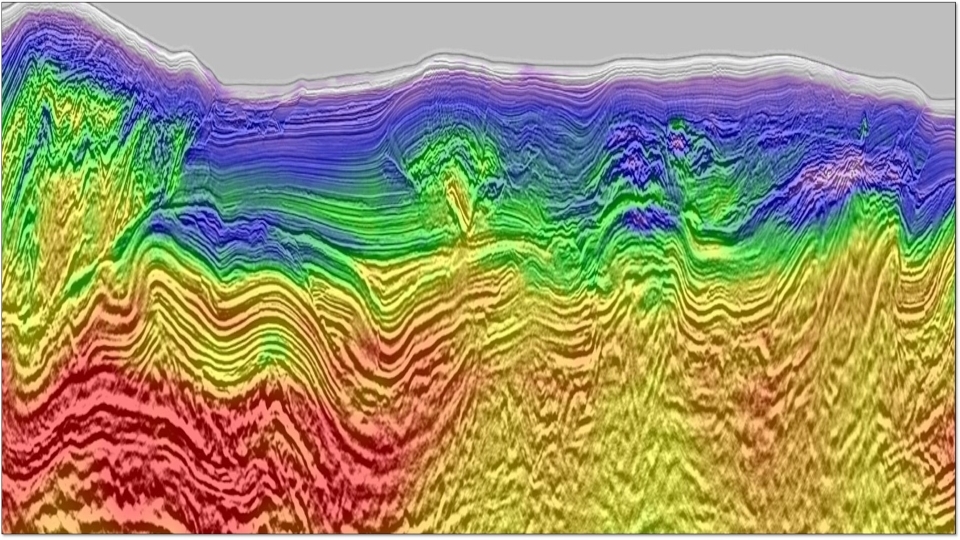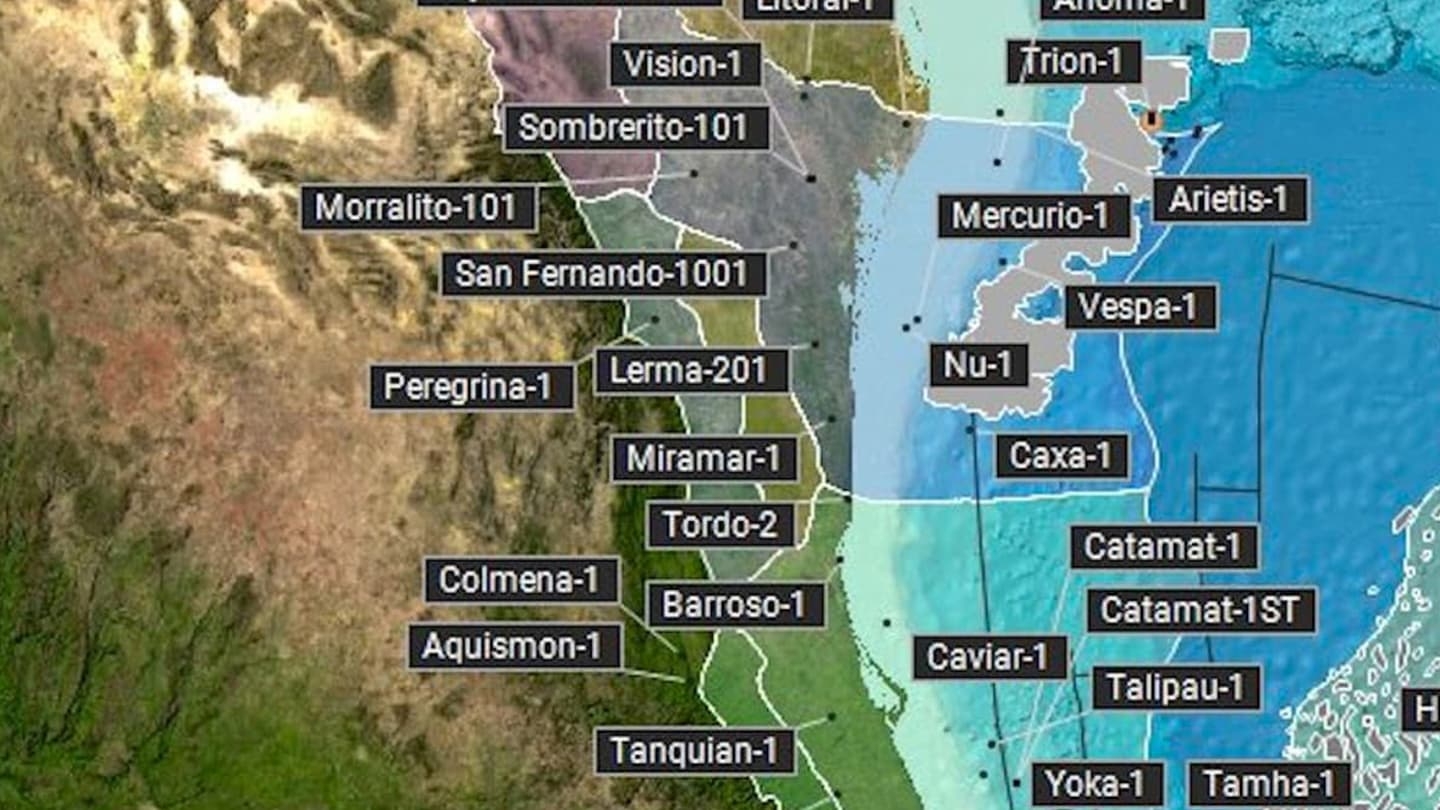Remotely detecting information about fractures and the stress field is an important objective in the development of unconventional and tight hydrocarbon reservoirs. Fractures and stress cause the earth to become anisotropic which is seismically observable. By observing the P-wave seismic amplitude variation with offset and azimuth (AVOAz) it is possible to infer the presence of fractures and their orientation. Unfortunately, the estimate of the fracture orientation is non-unique with two solutions 90 degrees apart. This issue is well known in the case of the near-offset AVOAz inversion, but is also true for the far-offset approximation. In the case of the far-offset approximation, the azimuth ambiguity also leads to biases in the remaining parameter estimates. This paper explores using geologic and rock physics constraints to resolve this issue. A priori information about the horizontal stress field and the form of the anisotropy are used to determine the symmetry axis orientation for both the near-offset and far-offset AVOAz inverse problems.
Download Resource 
Publications
EAGE - European Association of Geoscientists and EngineersAuthors
Jon Downton





